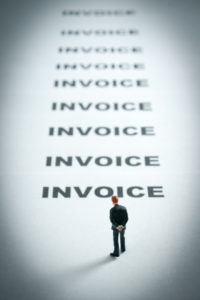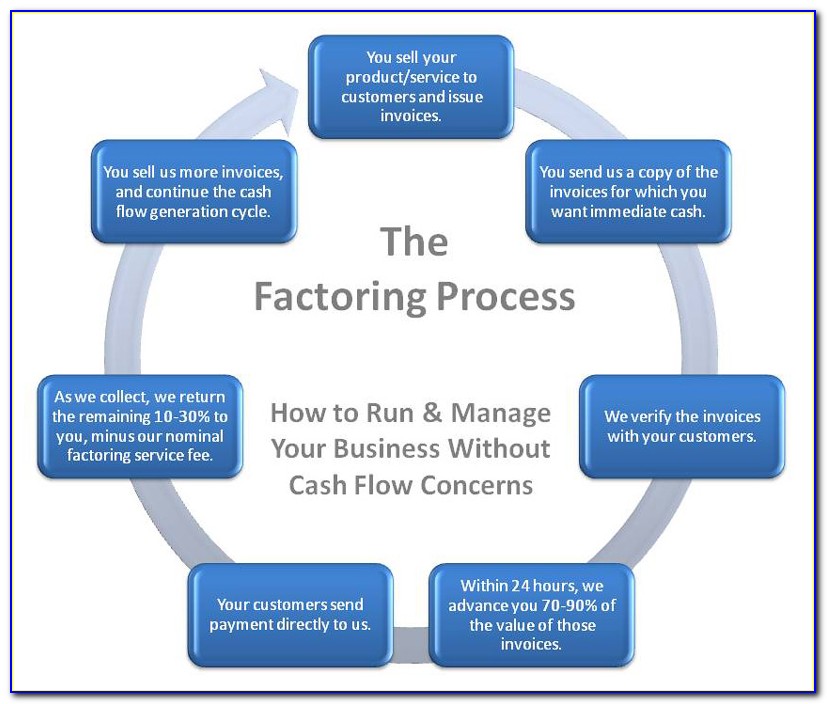


Auto Loan Interest Calculator: Monthly Payment & Total Cost.
#Invoice factoring explained how to

Understanding Overdraft Protection and Fees.Balance Transfer Calculator: How much can you save?.Credit Score Calculator: Get Your Estimated Credit Score Range.Intuit accepts no responsibility for the accuracy, legality, or content on these sites. Intuit does not endorse or approve these products and services, or the opinions of these corporations or organizations or individuals. We provide third-party links as a convenience and for informational purposes only. Readers should verify statements before relying on them.
#Invoice factoring explained free
does not warrant that the material contained herein will continue to be accurate nor that it is completely free of errors when published. Accordingly, the information provided should not be relied upon as a substitute for independent research. does not have any responsibility for updating or revising any information presented herein. No assurance is given that the information is comprehensive in its coverage or that it is suitable in dealing with a customer’s particular situation. Applicable laws may vary by state or locality. Additional information and exceptions may apply. This content is for information purposes only and should not be considered legal, accounting, or tax advice, or a substitute for obtaining such advice specific to your business. Let’s take a closer look at some of the benefits and drawbacks to consider before moving forward with invoice factoring. Like any financing decision, there are several pros and cons associated with invoice factoring. Invoice factoring is an unsecured method of financing, which means that, unlike a bank lender, an invoice factoring company does not collect collateral.That’s because your customers are the ones responsible for repaying the debt, not you. Invoice factoring companies look at your customer’s creditworthiness more closely than your own.There are a few other differences to note when comparing traditional bank loans and invoice factoring: As mentioned, you’ll receive the remaining balance of your invoice factoring agreement upon customer payment. Within 30 to 90 days, they’ll earn the money back when they collect payment from your customers. Rather than lending you money with the expectation that you repay the loan, an invoicing factoring company buys up a batch of your invoices in exchange for cash. Like a loan, invoice factoring does grant you access to capital you don’t have at the moment, but it’s not technically considered a loan. After they’ve collected all payment for the invoices, they’ll send you the remaining balance. Cash advance rates are generally around 85%. Typically, these vendors will initiate a cash advance for a portion of the total purchase within a few business days. You agree to the terms, so the invoice factoring company says they’ll pay you a total of $24,000 for the invoices. The company says they’ll form an invoice factoring agreement with you and buy your accounts receivable for the value of the invoices minus a factoring fee of 4%. You decide to sell your accounts receivable to an invoice factoring company. Rather than reaching out to a traditional bank for a loan, you decide to take a look at your accounts receivable.Īfter some investigation, you find that you have $25,000 in outstanding invoices. Let’s say your small business needs $20,000 to replace some necessary equipment, but you don’t have the working capital to do so. Invoice factoring leverages a small business’s outstanding invoices by turning them into cash.


 0 kommentar(er)
0 kommentar(er)
